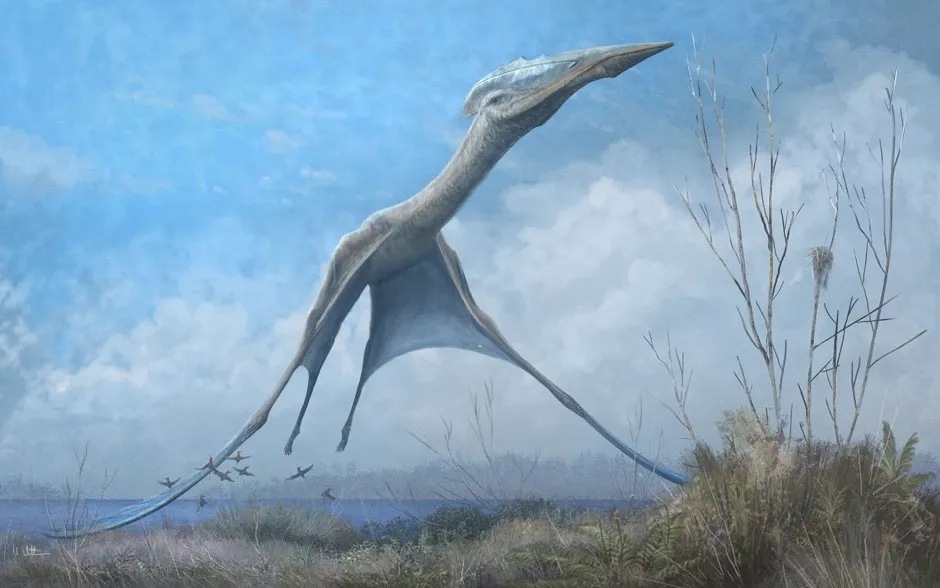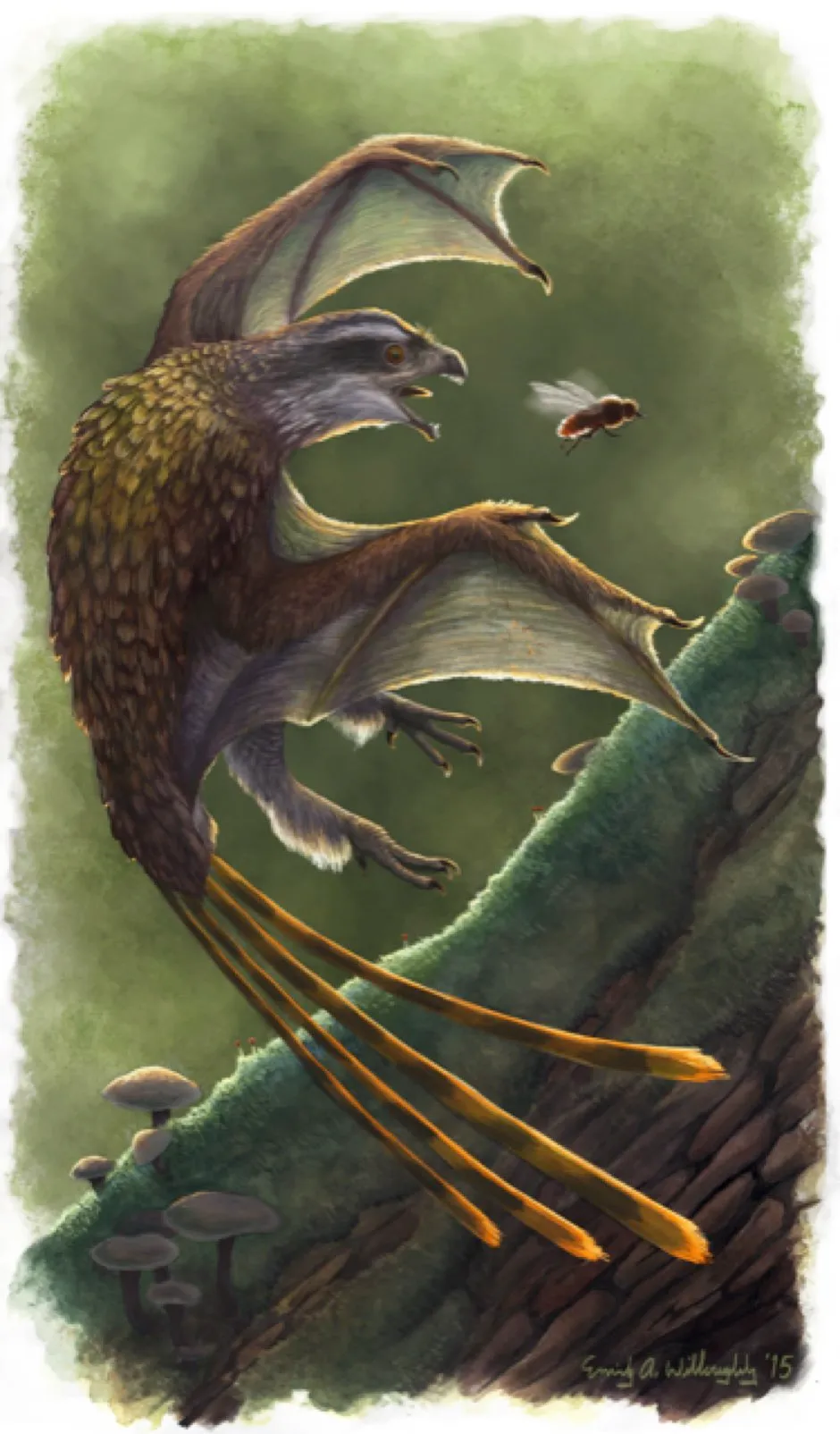Learning more about pterosaurs, flying reptiles that lived more than 200 million years ago, could help in designing more efficient drones, scientists have said.
Palaeontologists looking at fossils of the largest animals ever to fly believe the prehistoric creatures may hold the solutions to drone flight problems, such as aerial stability and the ability to self-launch.
Dr Liz Martin-Silverstone, a palaeontologist at the University of Bristol and first author of the review published in the journal Trends in Ecology and Evolution, said: “There’s a lot of really cool stuff in the fossil record that goes unexplored because engineers generally don’t look to palaeontology when thinking about inspiration for flight.
“If we’re only looking at modern animals for inspiration, we’re really missing a large degree of the morphology out there and ignoring a lot of options that I think could be useful.”
While engineers have mostly focused on the physiology of modern birds and insects when designing drones and planes, Dr Martin-Silverstone believes pterosaur fossils that provide insight into the anatomy of their wings could hold the clues to designing more efficient aircraft.
Read more about dinosaurs:
- Tiny, bat-winged dinosaur sheds light on the origin of flight
- Dinosaur fossil could be the world’s first-ever bird species
- 17 unusual, bizarre, and downright weird dinosaurs
- What if the dinosaurs had survived?
Most modern birds launch into the air through a leap or jump, known as ballistic launch, while the larger varieties require a running start to gain enough momentum for lift-off.
But the palaeontologists believe pterosaurs may have been able to launch themselves from a stationary position despite weighing nearly 300kg, possibly due to the combined effort of the wing membrane and the robust muscle attachments in their wings.
They hypothesise that the pterosaurs’ unique wing structure allowed them to generate “a high-powered leap off of their elbows and wrists, giving them enough height to become airborne”.

Dr Martin-Silverstone said: “Today, something like a drone requires a flat surface to launch and is quite restricted on how it actually gets into the air.
“The unique launch physiology of pterosaurs might be able to help solve some of these problems.”
Read more about drones:
- Could drones be used to detect landmines?
- Wildfire science: computer models, drones and laser scanning help fan the flames and prevent widespread devastation
- Drone traffic control - rewriting the rules of flying UAVs
Pterosaurs can also provide insights on how to prevent flight instability once in the air, the researchers said.
Dr Martin-Silverstone added: “So far we’ve struggled to design things like flight suits that can resist the pressures of flight.
“If we can understand how pterosaurs did it, for instance by understanding how their wing membrane was actually structured, then that’s something we can use to answer modern engineering questions.”

Apart from pterosaurs, there were other prehistoric flyers with a unique wing structure, such as Microraptor, which had feathered wings on both their arms and legs.
And the recently discovered dinosaur Yi qi had wings that combined feathers with a bat-like membrane.
Reader Q&A: Why were birds the only dinosaurs to survive the mass extinction?
Asked by: Edward Seymour, Hove
The asteroid that caused the extinction event at the end of the Cretaceous period struck Earth with 60,000 times the energy of the world’s entire nuclear arsenal. The atmosphere would have glowed red hot for several hours and all the large dinosaurs that couldn’t burrow underground or hide underwater were immediately roasted.
When the smaller species came out of hiding they found a charred landscape and the air so thick with soot and sulphur dioxide clouds that sunlight was almost completely blocked out for the next year. It was too dark for photosynthesis, so the herbivores died, then the carnivores.
Birds are descended from the maniraptoran dinosaurs but they had two important adaptations that helped them survive. First, they had beaks instead of teeth, which allowed them to crack open seeds and nuts buried in the topsoil.
Second, their relatively large skull capacity suggests that they were more intelligent than the other reptiles. They may have lived in more complex social groups that could cooperate and adapt to find new food sources in the radically different post-apocalyptic landscape. This allowed them to eventually outcompete any other species of small dinosaur that might have survived the initial impact.
Read more:
